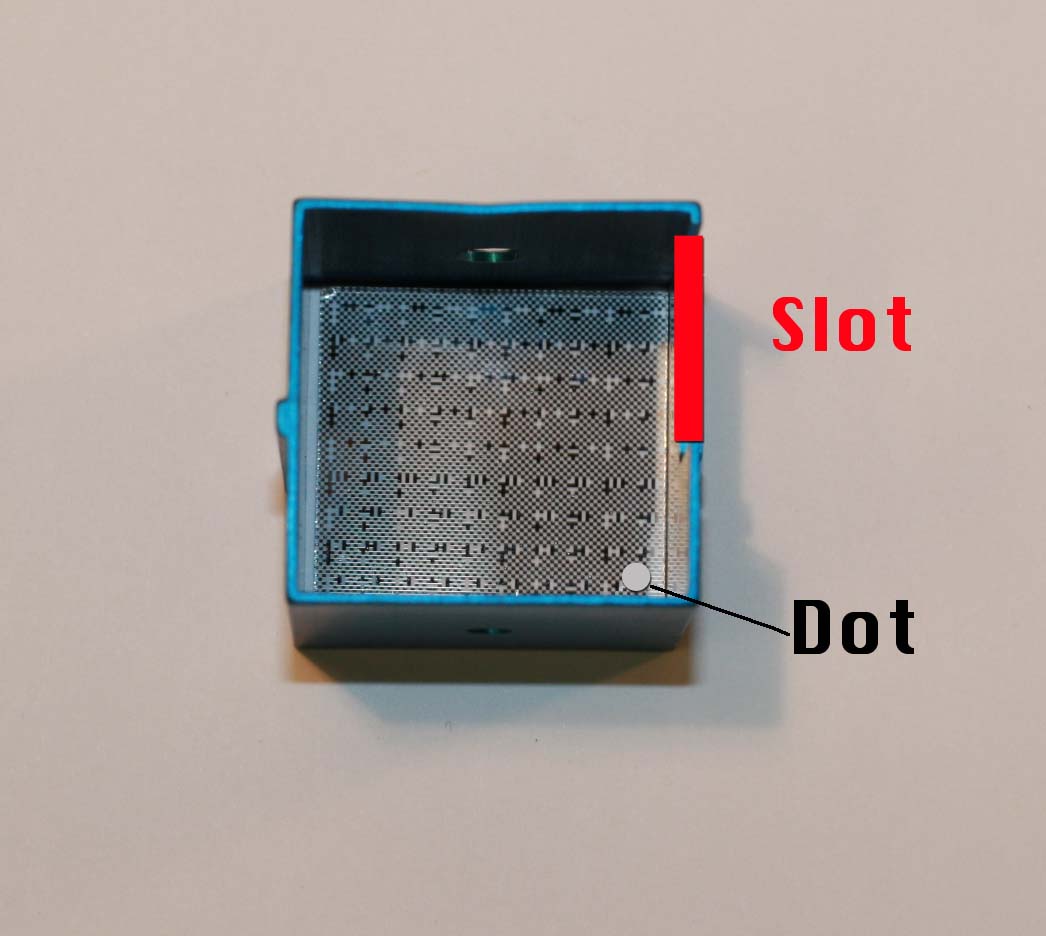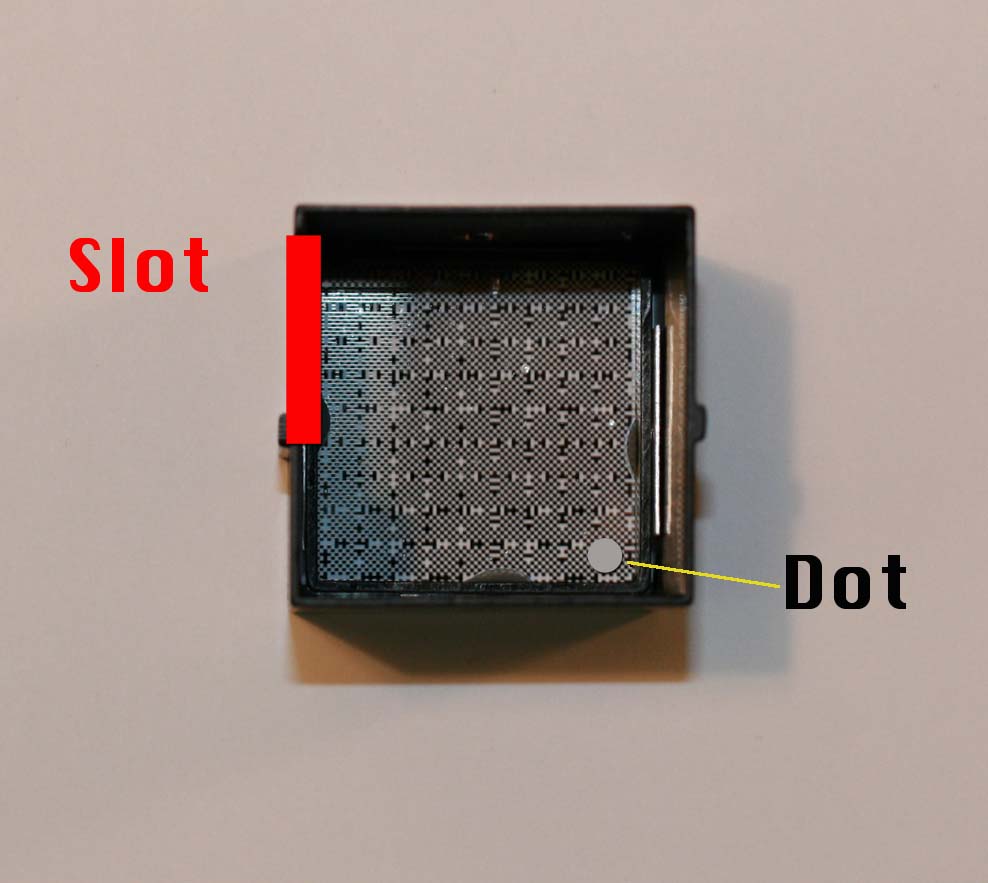
Parts:
- Box
- Mask, Size #340
- Front Spacer, about 4.5mm thick
- Diffuser
- Middle Spacer
- Electronics, A2045
- Lid
- Base
- Screw Pan Philips M3x8, McMaster 92000A118
- Dot Marking Mask Orientation
- O-Ring, Viton AS568A-005, McMaster: 9464K105
This manual briefly describes how to assemble RASNIK Bar Masks.
 |
Parts:
|
|
Figure 1: Diagram of a Black Bar Mask. |
|
Before you epoxy anything, run through all the steps to make sure the parts you are working with fit together properly.
Step: 1


Step: 2
Step: 3
Step: 4
Step: 5